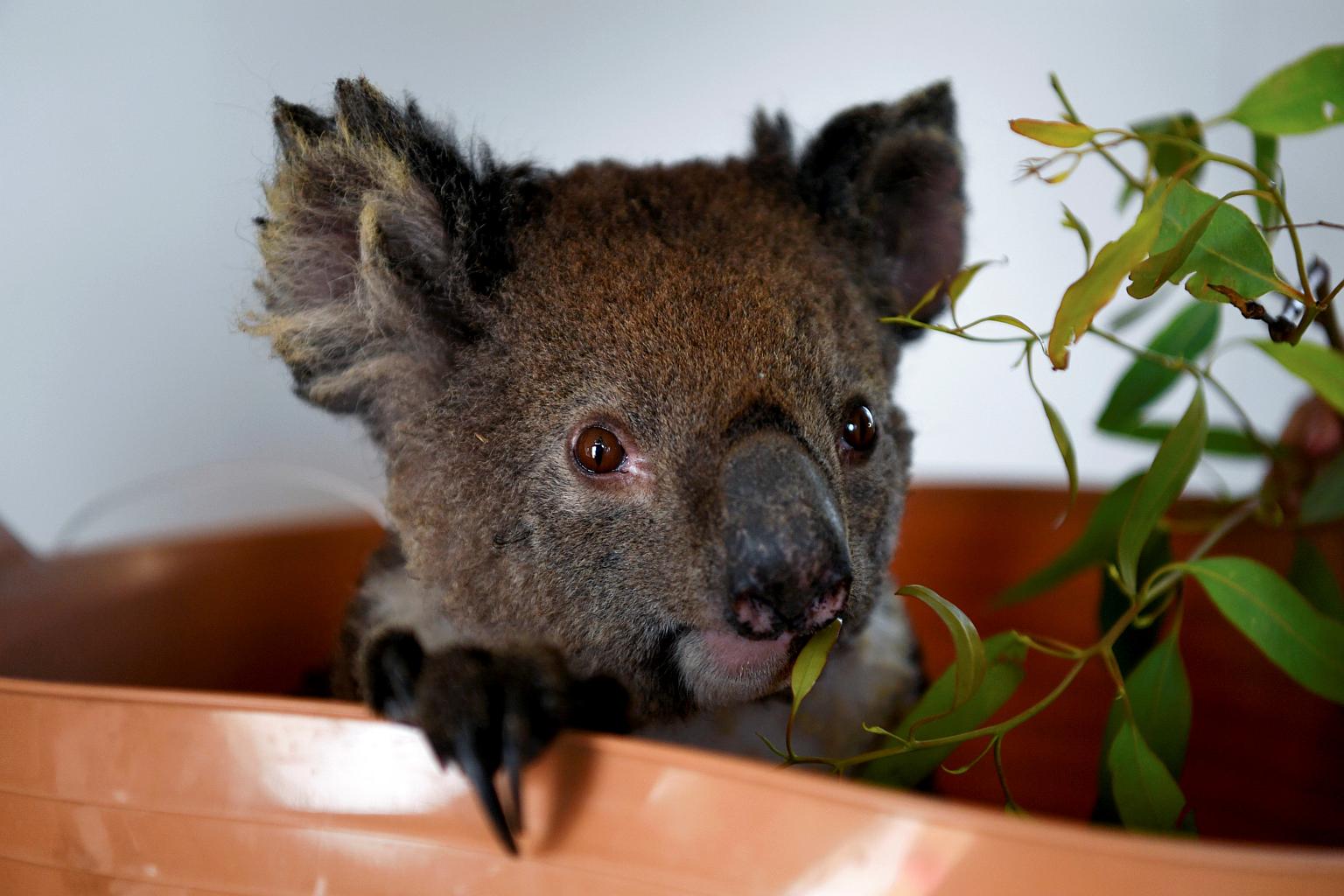11 Dec 2024

Tired Earth
By The Editorial Board

Nearly 50 nationally threatened animal and plant species are believed to have had at least 80% of the area in which they live affected by bushfire, a federal environment department analysis has found.
Another 65 have had more than half their area in the fire zone. Scientists have warned some affected species could be pushed to extinction.
The worst affected mammal is believed to be the Kangaroo Island dunnart, an endangered mouse-like marsupial endemic to the 160km long South Australian island.
It is one of 49 species, including 47 plants and one spider, that have had at least 80% of their likely and known range within fire-hit areas. Seven of the plant species, including the nightcap oak and three types of leek orchid, are critically endangered.
Species believed to have had at least half and up to 80% of their living area affected include the endangered long-footed potoroo in New South Wales and Victoria, the glossy black-cockatoo in South Australia, the Blue Mountains water skink, the rufous scrub-bird and three critically endangered turtles.
They are among 331 threatened and migratory species that are believed to have had more than 10% of where they live in burned areas across all six states. The list includes 272 species of plant, 16 mammals, 14 frogs, nine birds, seven reptiles, four insects, four fish and one spider.
John Woinarski, professor of conservation biology at Charles Darwin University, said: “This gives us grave concern about the conservation of many threatened species in Australia.”
He said it was too early to call extinctions, but that many species had almost all the entire area of their population burned.
“It is all the more reason that we need urgent and sustained action to recover these species,” Woinarski said. “The emergency board is full and over-flowing.”
The analysis includes a special note on the koala, which has been the focus of local and international concern about the impact of the fires on wildlife.
About 12% of koala range in NSW, Queensland and the Australian Capital Territory – the three jurisdictions in which it is listed as vulnerable – is believed to have been affected by fires. Koalas also live in South Australia and Victoria, but are not listed in those states.
The threatened species commissioner, Sally Box, said the results were just the first step in understanding the damage wrought by the bushfire crisis, and that the list would be refined.
She said some species on the list were likely to have been worse affected than others, giving the example of the critically endangered Wollemi pine, or “dinosaur tree”. The last known natural stand of Wollemi pine is in the fire zone and it appears on the list, but the NSW government last week announced it had been saved by firefighters.
“Some species are more vulnerable to fire than others and some areas were more severely burned than others, so further analysis will be needed before we can fully assess the impact of the fires on the ground,” Box said. “Already we are seeing positive examples of threatened species having survived the fires.”
The desktop analysis compared maps of areas burned between August and 13 January with distribution maps of species listed under national environment laws. Box said it would help decide where $50m in initial federal wildlife recovery funding was spent.
The department said some species included in the list might live near, but not in, the areas affected by the fires. Others might have had a larger proportion of the range burned than the preliminary analysis suggested. The analysis gave the example of the western ground parrot as a species that might be worse affected than first thought.
It warned that some species not currently listed as threatened would have had their range affected by fire and might now qualify as threatened. The department would be “considering assessments of these species in the near future”.
Woinarski, a member of an expert panel of scientists working with Box on wildlife recovery but not speaking in that capacity, stressed fire response would vary between species, with some plants thriving while others did not cope.
He said the response to the fires needed to include development of better models showing the distribution of species and rapid on-ground inspections. He said examining the impact on wildlife not already listed as threatened was urgent.
“Many of those species may now be seriously imperilled,” he said.
Conservation groups have called on the government to use an ongoing review of the Environment Protection and Biodiversity Conservation Act, led by the businessman Graeme Samuel, to boost wildlife protection in the wake of the bushfires.
Hundreds of scientists last year warned the laws needed to be strengthened to help address what was already a worsening extinction crisis.
Source : theguardian.com
Comment